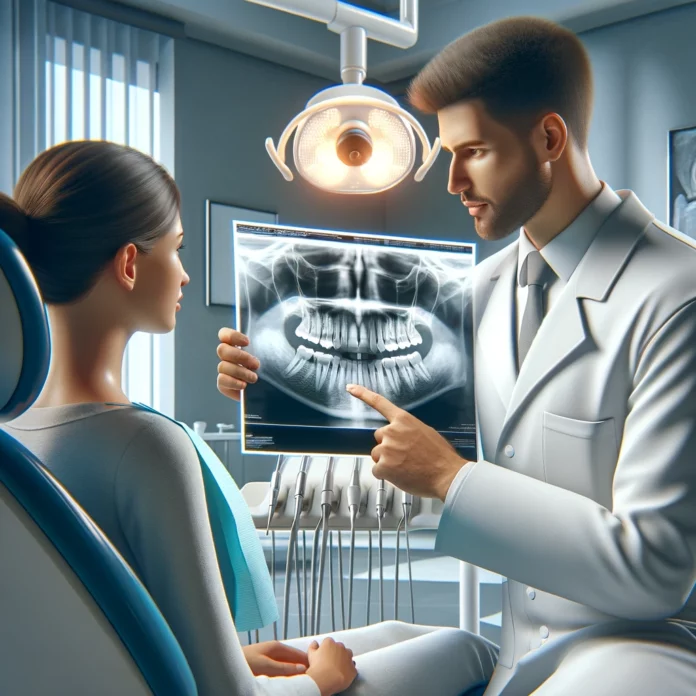Periodontitis is a gum disease that occurs due to poor oral health. Most of the people suffer from this disease and it mostly occurs after 30 years of age. Due to improper brushing, flossing, and poor oral hygiene bacteria forms and builds up, turning itself into a hard layer on the surface of the teeth and on the gum line. The treatment to remove this tartar buildup of plaque is known as Periodontal treatment. The hard deposit formed on the gumline and the tooth must be removed for a healthy mouth. Periodontitis can be cured and treated by the latest techniques. Let us see the different treatment options for Periodontitis.
Scaling and root planning:
Scaling and root planning are one of the most commonly used treatments for periodontitis. The plaque or tartar buildup at the gums causing infection and may lead to tooth loss is perfectly curable with a scaling procedure. The scaling procedure ensures the removal of the tartar buildup from the surface of the teeth and the gum line helping the patient to maintain the teeth and bone structure. The treatment allows deep cleaning from the roots going below the gum line and completely wipes off the tartar. The procedure requires the doctors to numb the area to reduce the discomfort while treating. The dentist uses a metal device that vibrates known as an ultrasonic scaler and it chips off the tarter from the teeth. The water spray helps to clean every bit in the gum pockets and flushes out the tarter.
Laser treatment:
Dealing with the pain and discomfort caused by periodontitis can be torturesome. Some of the treatments offer temporary relief but when the pain and discomfort hits back it may become even more worse. Laser therapy is a great addition to treating this disease. It is an innovative method that is less painful and has many benefits. A focused light beam properly cleans the tartar buildup and plaque from the teeth and gums. It is commonly used with a combination of scaling and root planing. It is mostly preferred because it is less invasive than other methods. Additionally, laser therapy helps to clean specific areas in the mouth that would otherwise not get accurate cleaning. It has many benefits including minimal inflammation, better tissue regeneration, and effective cleaning of bacteria. As it is less invasive the healing process is also reduced. The key benefit of laser therapy is less scarring after the treatment which means healthy and reduced tissue damage. The patient also prefers this therapy due to its short time and few visits.
Surgical treatments:
The dentist will first diagnose the patient’s mouth with a tiny ruler to see the depth of tartar buildup. The examination of the upper and lower teeth is done to ensure how deep the pockets are. For example, if the pockets are anywhere from 3 mm to 4 mm the dentist suggests non-invasive and topical treatments anything above that needs surgical treatment. The dentist also takes dental x-rays to see the bone loss.
The surgeries may be:
Flap surgery also called pocket reduction surgery
The dentist makes tiny cuts on the gums that help in folding back the tissue. This method helps in getting a clear view of the root therefore proper scaling of the root is done. Periodontitis normally affects bones and leads to bone loss so the dentist may reshape the bone before stitching the gum tissue back. This process helps in cleaning the area properly after healing.
Soft tissue and bone grafting
Whether the gum tissue is affected and lost due to exposed roots it needs to be reinforced. The dentist will then attach small tissue from your mouth or from a donor source to protect the teeth and give them a better appearance. Similarly, when the bone is destroyed the dentist makes a bone graft from your bone or donor source and attaches it to the place to heal and regrow natural bone.


